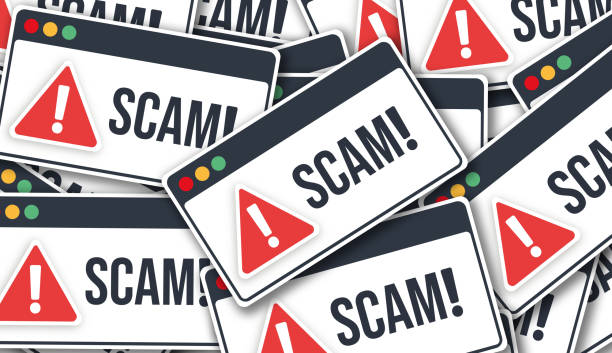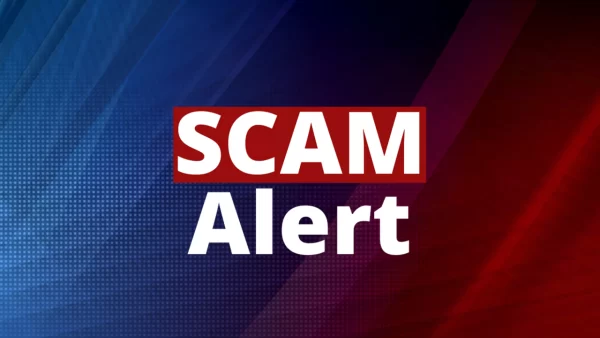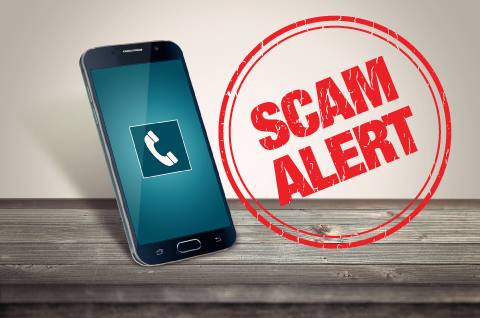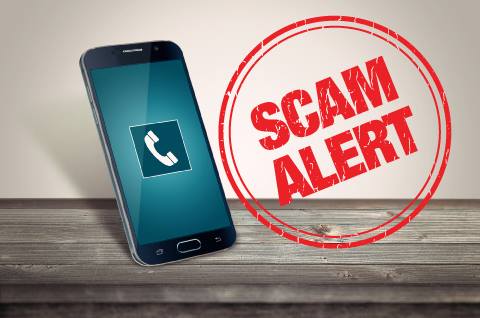In the age of digital communication, scam artists have found new avenues to exploit unsuspecting individuals. One such scam that has recently emerged is the US9514961195221 scam, which involves fake text messages designed to deceive recipients. In this article, we will delve into the details of this scam, how it works, and most importantly, how you can protect yourself from falling victim to it.
Understanding the US9514961195221 Scam
The US9514961195221 scam is a deceptive scheme in which scammers send fake text messages to individuals, posing as legitimate organizations or authorities. The message typically contains alarming content, often related to legal matters, outstanding debts, or other urgent issues. The goal of these messages is to create fear and urgency in the recipient, leading them to take hasty actions that benefit the scammers.
How the Scam Works
- Initial Contact: Scammers often send these messages randomly to a list of phone numbers. The messages may claim to be from a government agency, law enforcement, or a legal department, using official-sounding language to appear genuine.
- Urgent Threats: The message will contain threats or warnings about serious consequences if the recipient does not respond immediately. These may include legal actions, fines, or even arrest warrants.
- Demand for Personal Information: To resolve the supposed issue, the scammer will request personal information such as Social Security numbers, bank account details, or other sensitive data. They may also demand payment through unconventional methods like gift cards or cryptocurrency.
- Fear and Pressure: Scammers create a sense of panic and urgency, pressuring the recipient to comply quickly, without thinking rationally.
FAQs About the US9514961195221 Scam
Q1: What should I do if I receive such a message?
A1: If you receive a suspicious text message like this, do not panic. Avoid responding to the message, providing personal information, or making payments. Instead, verify the legitimacy of the message by contacting the supposed authority directly using their official contact information.
Q2: How can I confirm if a message is a scam or legitimate?
A2: Look for signs such as typos, poor grammar, or suspicious sender names. Verify the message’s claims independently through official websites or contact numbers. Legitimate organizations will never ask for sensitive information via text message.
Q3: Can I report these scam messages?
A3: Yes, you can report scam messages to your mobile service provider and the Federal Trade Commission (FTC). Take screenshots of the message as evidence and provide as much information as possible.
Q4: How can I protect myself from falling victim to such scams?
A4: Be cautious when receiving unsolicited messages, especially those with urgent threats. Never share personal or financial information with unknown sources. Install reputable security apps on your phone to help identify and block scam messages.
Conclusion
The US9514961195221 scam, along with similar text message scams, preys on fear and urgency to exploit unsuspecting victims. By staying informed and vigilant, you can protect yourself and your personal information from falling into the hands of scammers. Always verify the authenticity of any message that appears suspicious and report it to the appropriate authorities. In the digital age, staying cautious is your best defense against such scams.




